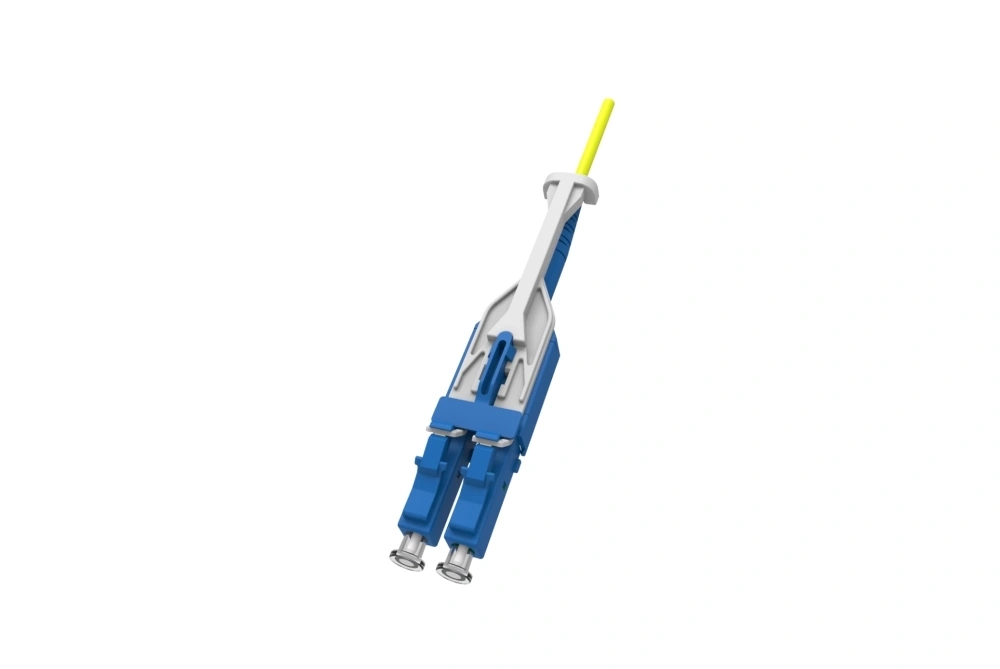The Ins and Outs: A Closer Look at Fiber Optic Jumper Connectors

Fiber optic jumper connectors play a crucial role in the field of telecommunications by connecting different optical equipment. They serve as vital components in transmitting data signals through optical fibers. Ensuring the longevity of these connectors is of utmost importance, as their reliability directly affects the quality and efficiency of network communication. In this article, we delve into the plugging and unplugging life of fiber optic jumper connectors and explore the factors that influence their durability.
Factors Influencing the Plugging and Unplugging Life of Fiber Optic Jumper Connectors
1. Connector Quality: The quality of the connector itself greatly influences its plugging and unplugging life. High-quality connectors are built to withstand multiple insertion and removal cycles without compromising signal performance. Factors such as material selection, manufacturing precision, and design features all contribute to the durability of the connector.
2. Environmental Conditions: The environmental conditions in which fiber optic jumper connectors are used significantly impact their lifespan. Environmental factors such as temperature, humidity, dust, and vibrations can accelerate wear and tear, leading to a shorter plugging and unplugging life. Adequate protection and regular maintenance can mitigate these risks and prolong connector lifespan.
3. Connector Mating and Cleaning: The way connectors are mated and cleaned also affects their plugging and unplugging life. Proper mating techniques, such as aligning and securely connecting fibers, reduce the risk of damage during insertion and removal. Regular cleaning of connectors using appropriate tools and techniques prevents contamination and optimizes performance.
Extended Life through Best Practices
To maximize the plugging and unplugging life of fiber optic jumper connectors, it is crucial to adhere to best practices. Here are a few recommendations:
1. Invest in High-Quality Connectors: Choosing connectors from reputable manufacturers known for their quality ensures a longer lifespan. These connectors are generally built to higher standards and undergo rigorous testing before being released into the market.
2. Environmental Control: Maintaining a controlled and clean environment for fiber optic connectors is essential. This involves minimizing exposure to excessive heat, humidity, dust, and vibrations. Enclosures or protective cases can be used to shield connectors from external influences.
3. Regular Inspection and Cleaning: Performing routine inspections and cleaning of fiber optic jumper connectors helps identify any potential issues and preventatively address them. Cleaning connectors using lint-free wipes and approved cleaning solutions ensures optimal performance and reduces the risk of damage during plugging and unplugging.
In conclusion, understanding the plugging and unplugging life of fiber optic jumper connectors and the factors that influence their durability is vital for maintaining reliable network communication. By focusing on connector quality, environmental control, and proper maintenance practices, users can enhance the lifespan of these connectors and minimize performance issues in optical networks.



